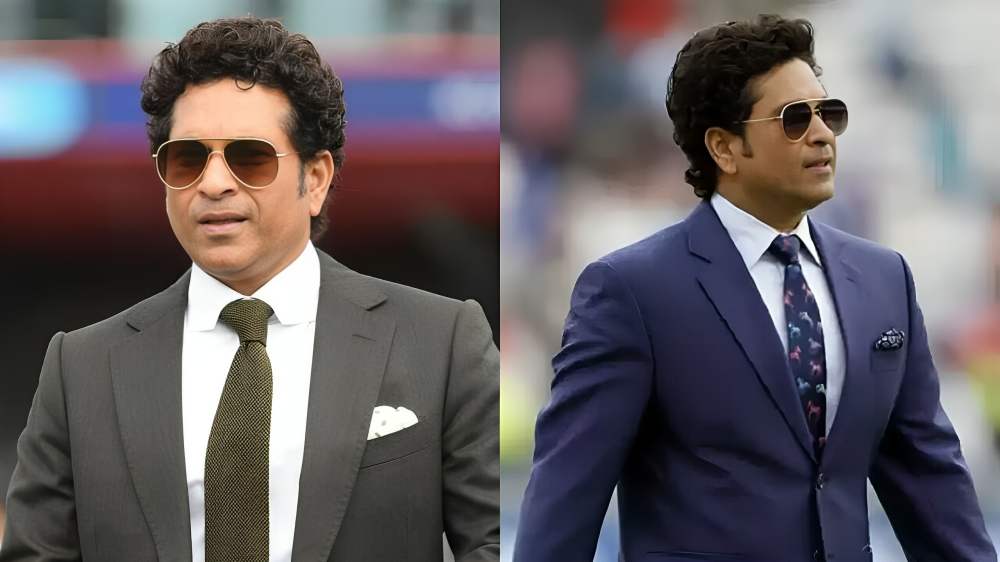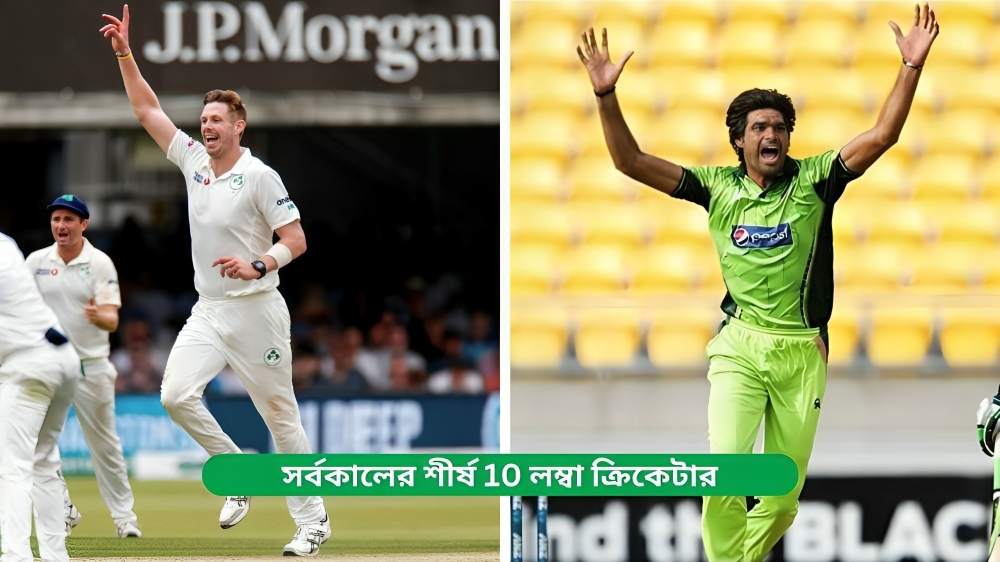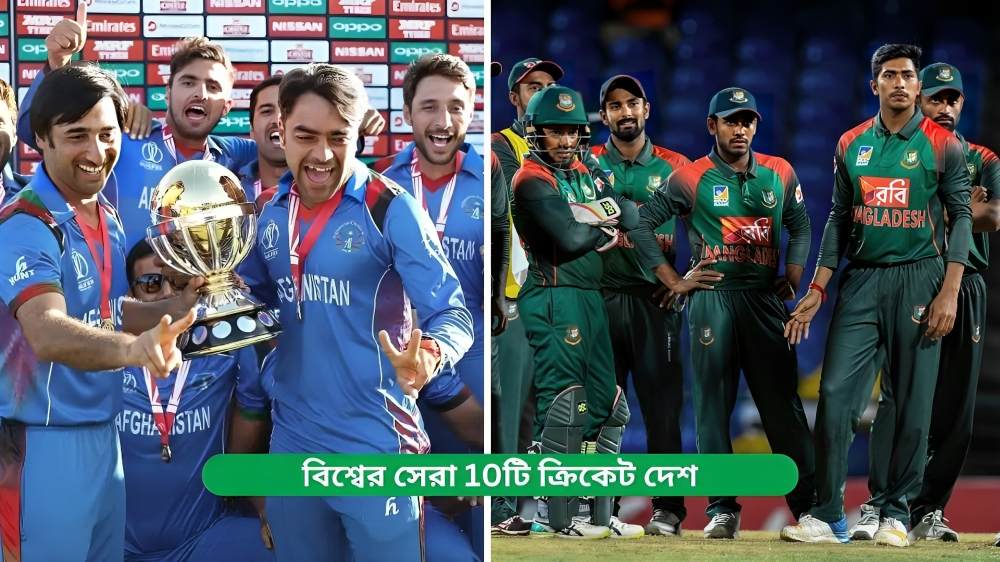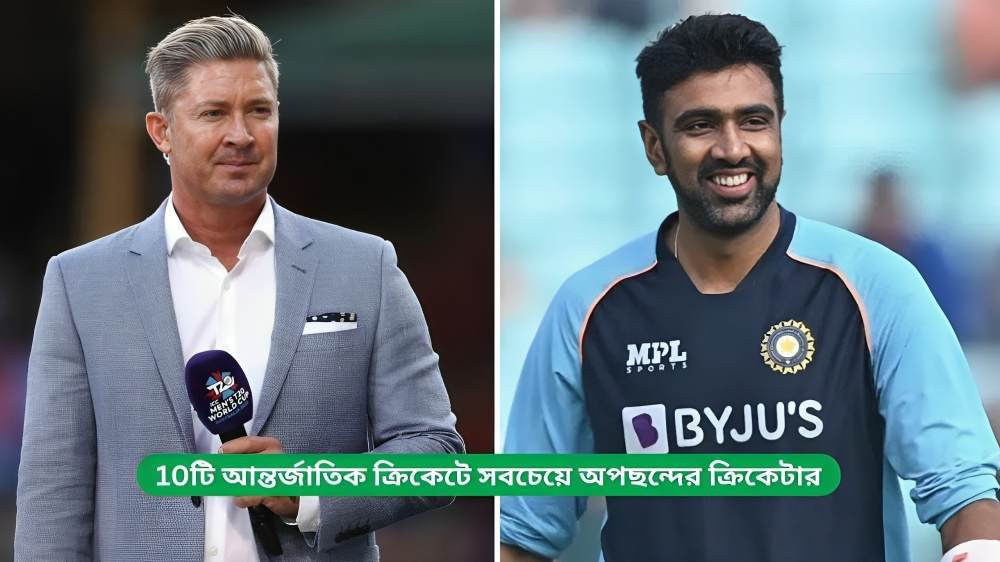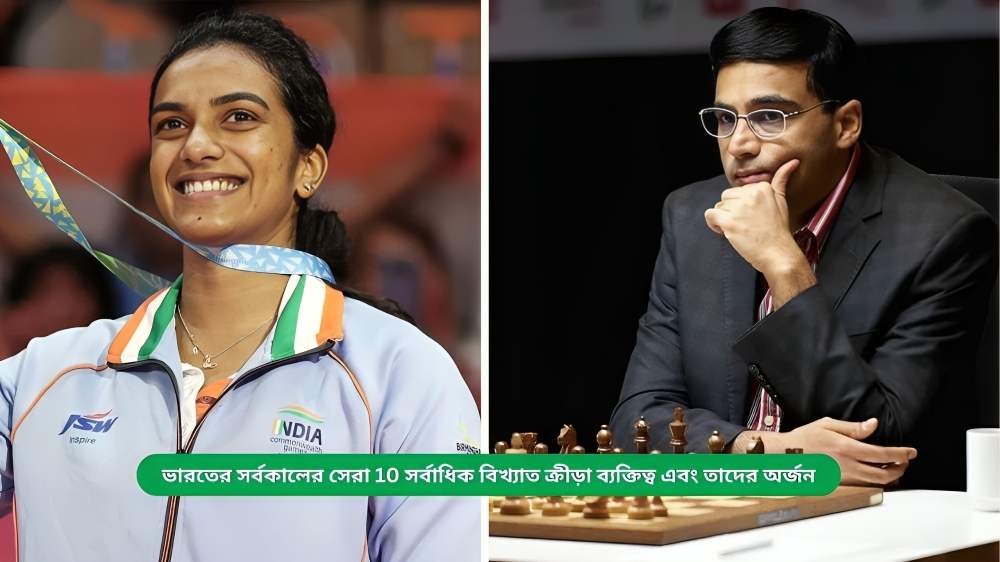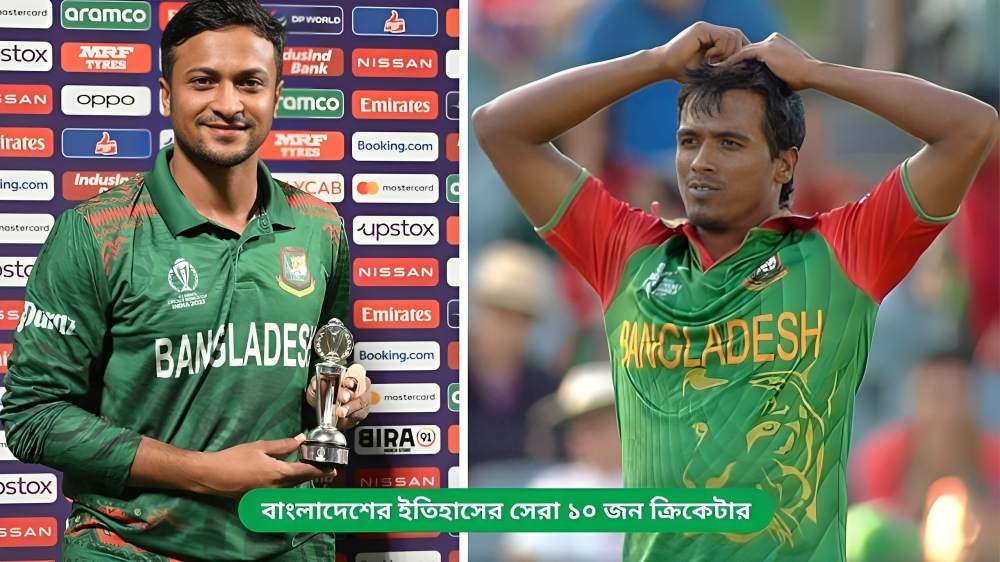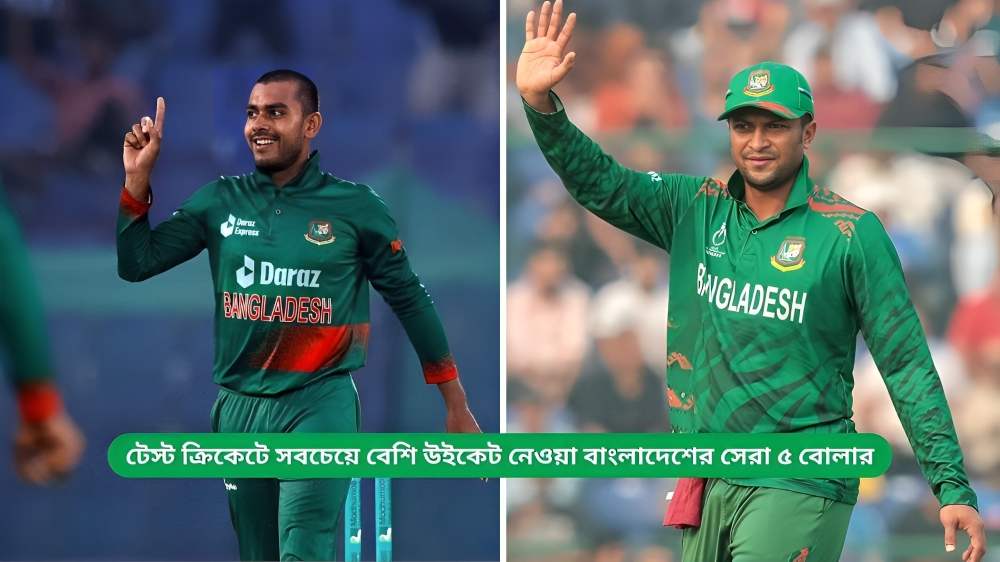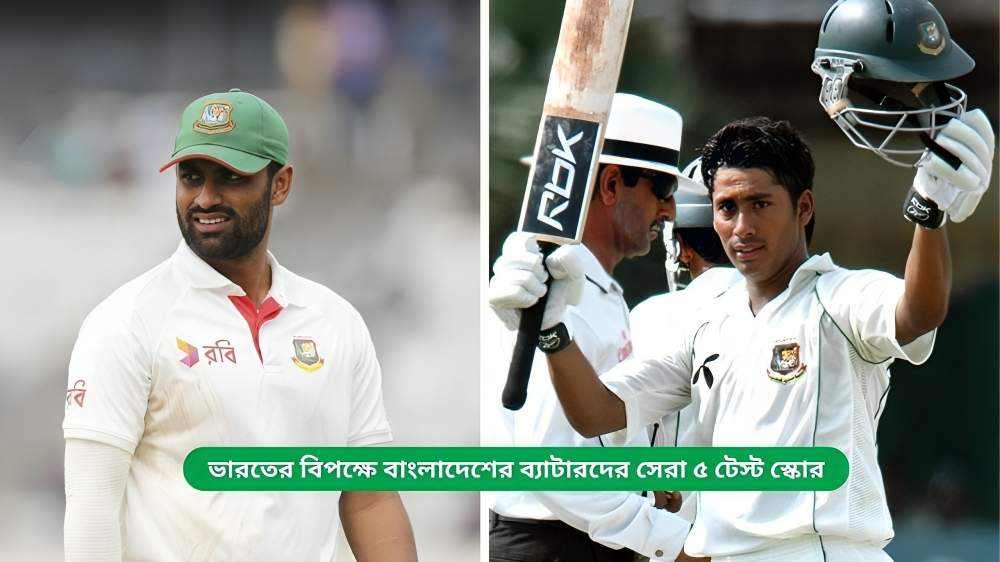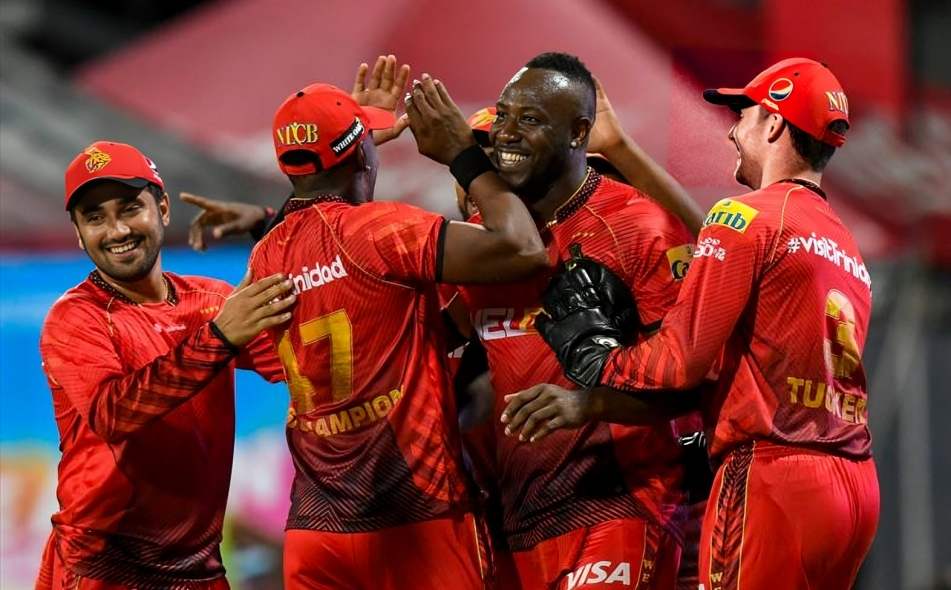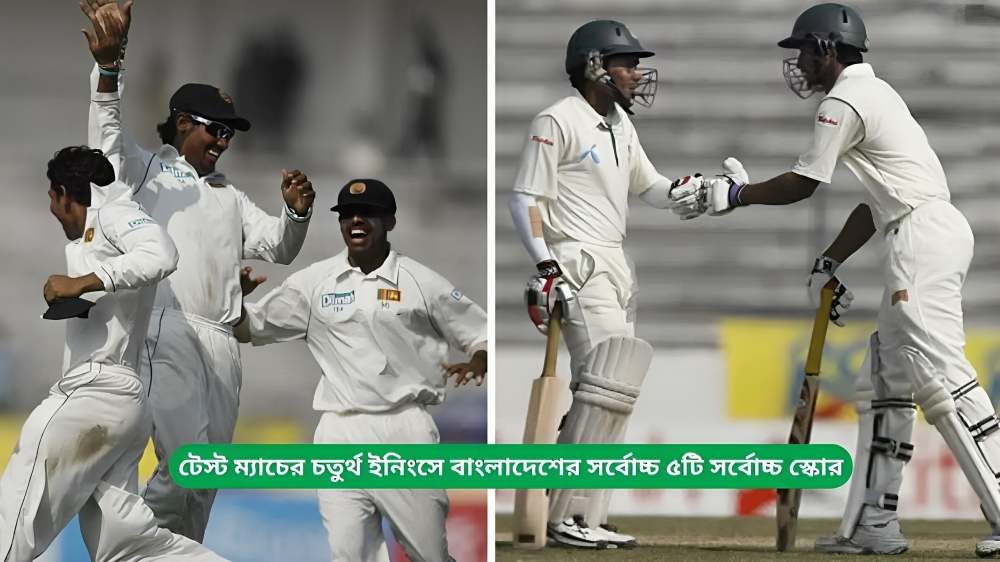Pace: In the world of cricket, the terminology around bowlers varies widely depending on their roles, styles, and the speed at which they bowl. Amongst the most exciting types of bowlers are fast bowlers, also known as “pace” bowlers or “speedy” bowlers. This article will explore why fast bowlers are called “pace” or “speedy”, how these terms came into use, and the characteristics that define them. Additionally, we will delve into the different categories of fast bowling, examples of famous pace bowlers throughout history, and the science behind pace bowling. We will also provide some statistical insight into how the speed of fast bowlers has evolved over the years.
Understanding Fast Bowlers: The Basics
A fast bowler is one who delivers the ball at high speeds, typically in excess of 130 km/h (81 mph), and can reach speeds well beyond 160 km/h (99 mph) in modern cricket. Fast bowlers rely on their speed to deceive and challenge the batter. There are different types of fast bowlers, including:
- Pace Bowlers: These bowlers rely primarily on their speed, with the main goal of generating pace off the pitch and through the air.
- Swing Bowlers: Some fast bowlers specialize in swinging the ball, using seam movement or reverse swing to deceive batters.
- Fast-Medium Bowlers: A variation of fast bowlers who bowl at speeds somewhat lower than true fast bowlers, typically between 120 km/h to 130 km/h (74 mph to 81 mph).
The term “pace” in relation to fast bowlers refers to their ability to bowl at high speeds, while “speedy” is simply a colloquial way of referring to them due to their ability to bowl faster than most other bowlers. These terms serve to emphasize the one defining trait of these bowlers: velocity.
Why Are Fast Bowlers Called “Pace” or “Speedy”?
- Pace: The term “pace” in cricket refers to the speed with which the bowler delivers the ball. Fast bowlers are often called “pace bowlers” because their primary attribute is the ability to bowl at very high speeds. The “pace” they generate creates a number of difficulties for the batsman, including the need for quicker reflexes, handling shorter deliveries, and dealing with the bounce that comes with faster deliveries.
- Speedy: The term “speedy” is a more informal or colloquial way to refer to bowlers who bowl at high velocities. It often refers to the excitement and thrill that these fast bowlers bring to the game due to their sheer speed and the intensity of their bowling.
Both terms essentially convey the same characteristic: speed. However, “pace” is more formal and commonly used in cricketing jargon, while “speedy” is a term often used by fans and commentators to describe bowlers who bring electrifying pace to the game.
Different Types of Fast Bowlers
Fast bowlers can be classified into different categories depending on the style and speed of their deliveries. Below is a breakdown of the categories of fast bowlers:
| Type of Bowler | Speed Range | Description |
|---|---|---|
| Express Fast Bowlers | 150 km/h – 170 km/h (93 mph – 105 mph) | These bowlers consistently bowl at extremely high speeds, often exceeding 150 km/h (93 mph). They are the true “speedsters” of the game. |
| Fast Bowlers | 130 km/h – 150 km/h (81 mph – 93 mph) | These bowlers rely on pace and usually bowl at speeds that challenge batters to react quickly. |
| Fast-Medium Bowlers | 120 km/h – 130 km/h (74 mph – 81 mph) | These bowlers rely more on swing and accuracy rather than pure speed, though they still bowl faster than spinners. |
| Swing Bowlers | 120 km/h – 140 km/h (74 mph – 87 mph) | These bowlers focus on generating movement in the air with the seam, sometimes bowling with high speed but often in the lower range. |
| Seam Bowlers | 125 km/h – 145 km/h (78 mph – 90 mph) | These bowlers focus on the seam of the ball, using the pitch to extract bounce or lateral movement, occasionally with high speeds. |
Famous Fast Bowlers: The Pace Legends
| Bowler | Country | Highest Speed (km/h) | Notable Achievements |
|---|---|---|---|
| Shoaib Akhtar | Pakistan | 161.3 km/h (100.23 mph) | Known as the “Rawalpindi Express”, Akhtar holds the record for the fastest ball bowled in cricket history. |
| Brett Lee | Australia | 161.1 km/h (100.09 mph) | One of the fastest bowlers of all time, Lee was renowned for his aggression and pace. |
| Jeff Thomson | Australia | 160.6 km/h (99.76 mph) | A legend of the 1970s, Thomson’s raw pace and unorthodox action terrified batters. |
| Shane Bond | New Zealand | 156.4 km/h (97.2 mph) | Bond was a master of both pace and swing, and was known for his ability to bowl consistently at high speeds. |
| Malcolm Marshall | West Indies | 146 km/h (90.7 mph) | Marshall was known for his pace and deadly bouncers. Though not the fastest, his accuracy and skill were legendary. |
| Curtly Ambrose | West Indies | 150 km/h (93.2 mph) | Ambrose combined great height with pace, making him one of the most feared fast bowlers in cricket. |
The Evolution of Pace Bowling
Over the decades, the average speed of fast bowlers has steadily increased. Modern advances in fitness, training techniques, and equipment have enabled bowlers to bowl faster than ever before. The following table illustrates the rise of pace bowling speeds over the years:
| Decade | Average Fast Bowling Speed (km/h) | Key Fast Bowlers of the Decade |
|---|---|---|
| 1970s | 120-130 km/h | Jeff Thomson, Dennis Lillee, Malcolm Marshall |
| 1980s | 130-140 km/h | Allan Donald, Curtly Ambrose, Imran Khan |
| 1990s | 140-150 km/h | Waqar Younis, Shane Warne, Glenn McGrath |
| 2000s | 150-160 km/h | Brett Lee, Shoaib Akhtar, Shaun Tait |
| 2010s-2020s | 150+ km/h | Jofra Archer, Kagiso Rabada, Mitchell Starc |
The Science Behind Pace Bowling
- Run-Up: The momentum generated during the run-up allows the bowler to convert linear velocity into rotational energy as they release the ball.
- Arm Speed: Fast bowlers rely on rapid arm action, using a combination of shoulder, elbow, and wrist rotation to maximize ball speed.
- Delivery: A key component of fast bowling is the angle at which the ball is released, allowing the bowler to create variations like bounce, swing, and seam movement.
The speed of a fast bowler is measured using a radar gun, which tracks the velocity of the ball from the moment it leaves the bowler’s hand until it reaches the batter.
Conclusion
Fast bowlers, or “pace” bowlers, are an integral part of cricket, thrilling audiences with their speed and power. The terms “pace” and “speedy” not only refer to the sheer velocity at which they bowl, but also symbolize the intensity and excitement they bring to the game. Through the years, the evolution of fast bowling has been shaped by advancements in training, fitness, and equipment, but the raw, natural talent of the world’s fastest bowlers will always be at the heart of their craft.
As the sport continues to evolve, it will be exciting to see how the art of pace bowling develops, with new players pushing the boundaries of speed and skill.


